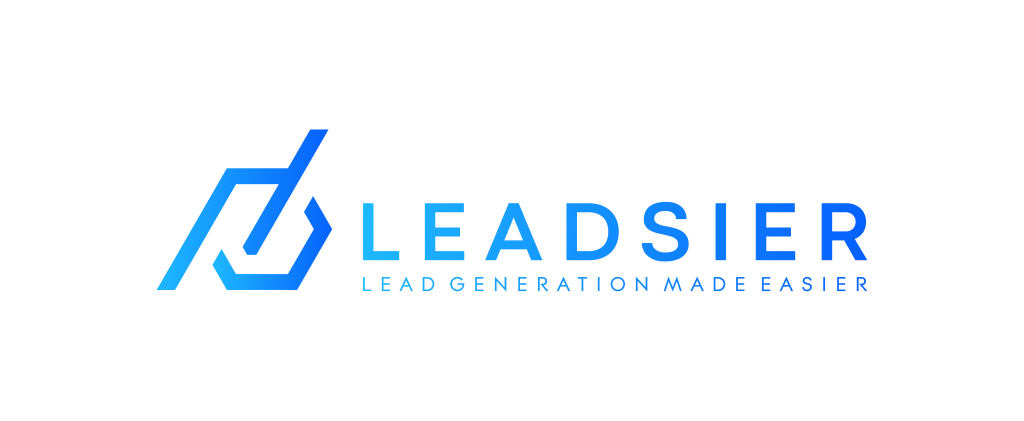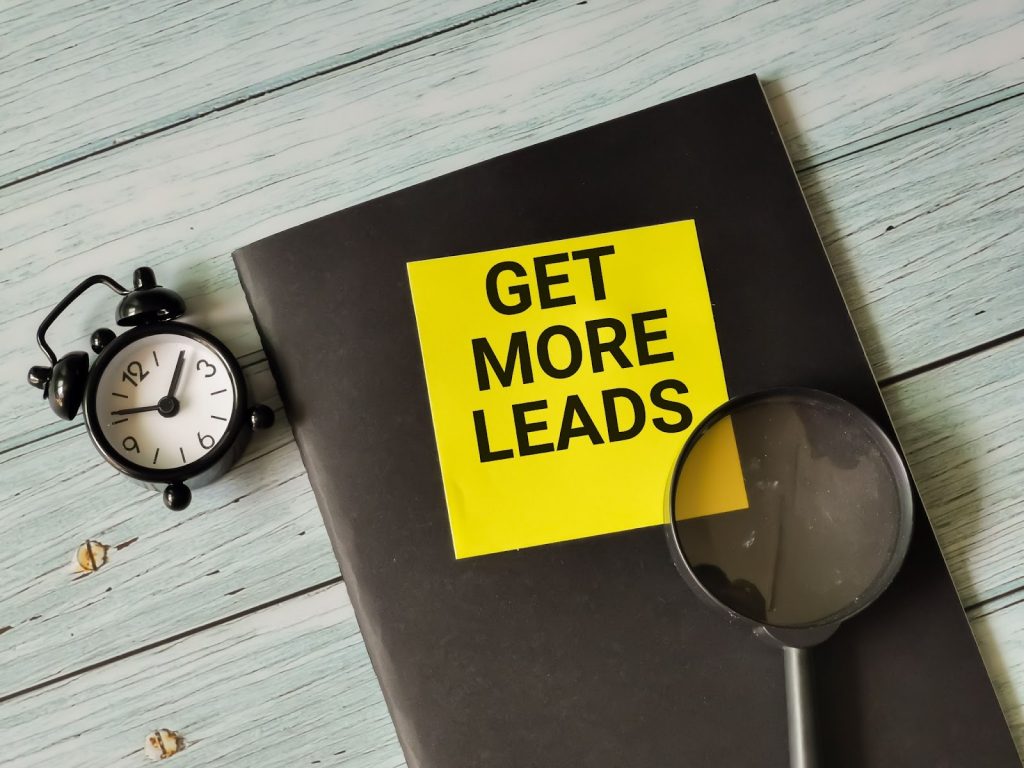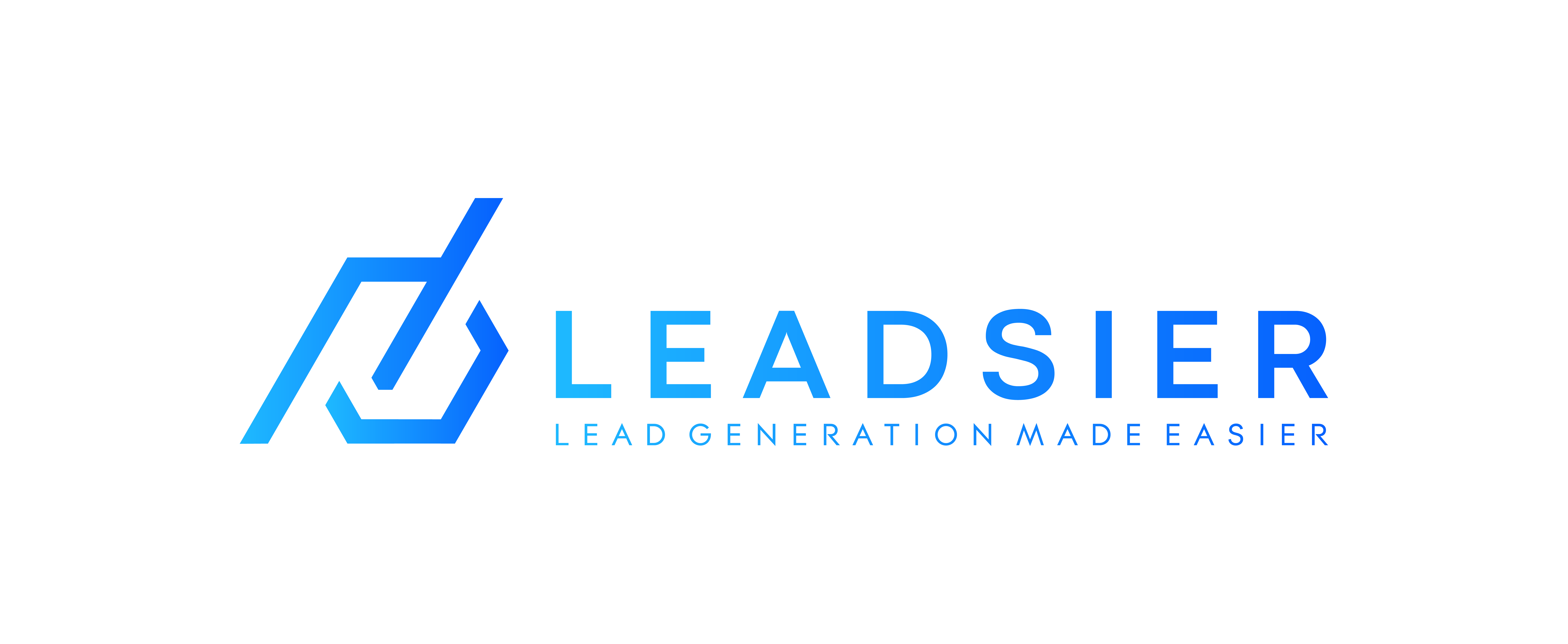Every business needs to develop a strong lead generation strategy to reach its target audience and increase sales. Now that most shopping or researching is done online, marketing has spent the last decade finding ways to entice consumers and promote brands digitally. Although lead generation is possible through word-of-mouth, the term is generally employed to refer to online strategies that attract prospective clients.
It’s possible to generate leads through different marketing channels: social media marketing, content marketing, search engine optimization, paid advertising, etc. Proper lead management helps businesses expand their operations and achieve a sustainable level of revenue streams.
What is lead generation?
Lead generation is the process by which businesses find new potential customers to increase their revenues. Converting a consumer into a potential customer takes some time and strategy.
Lead generation can be done through online channels, email marketing, email campaigns, blog posts, unique content, social media marketing, content marketing, inbound marketing, and marketing channels. All of these strategies that can help you get better inbound leads!
Here are the different types of leads:
- Marketing qualified lead
- Product qualified lead
- Service qualified lead
- Sales qualified lead
Marketing Qualified Lead
These are the leads that have already interacted and engaged with your online content but never bought anything. For example, they signed up for a contest.
Product Qualified Lead
These leads are consumers who have tried or tested the free version of a product or service, and that are now ready to learn more about the paying version.
Service Qualified Lead
These leads are customers who indicated that they would like to be notified when a certain product comes out, or if they could upgrade their membership.
Sales Qualified Lead
These are the leads who through their online behavior indicate that they would like to be paying customers. For example, when a potential client puts an item in his virtual cart.
How Lead Generation Works
Here is how lead generation works:
- Potential buyer visit
- Call-to-Action
- Landing Page
- Consumer engagement
1. Potential Buyer Visits
The first step of the process is for a stranger to your business to discover your product, service, or brand. They could have heard about your brand through different marketing channels (Instagram, Reddit comment, blog post, etc.).
2. Call-to-Action
Call-to-actions are links that get the users to become an interested consumer since they are delving further into your online content.
3. Landing Page
The call-to-action link should redirect your client to a specific landing page where the user can request a free trial or free consultation in exchange for some personal information.
4. Consumer Engagement
If the visitors on your website filled out your web form with relevant information, you now have a lead!
What are the best customer acquisition strategies?
Types Of Lead Generation
The two main lead generation strategies are:
- Inbound lead generation
- Outbound lead generation
Inbound Lead Generation
Inbound lead generation occurs when potential buyers come to your page after some online research of their own, a marketing campaign, or a well-positioned call-to-action. In this case, your valuable content, optimized SEO, or other initiatives bring traffic to your website.
Outbound Lead Generation
Outbound lead generation consists in engaging with potential customers who might not have expressed interest in your products or services or who don’t know your brand. Contrary to inbound lead generation, in this scenario the brand chooses the time and place of the interaction. Companies can contact customers through cold calling, social selling as well as direct email.
Why do you need lead generation?
Your business needs a lead generation strategy to better attract and welcome visitors that may be interested in doing business with you and to carefully think through the online customer experience.
Here are 4 key benefits of lead generation:
- Target the right people
- Increase revenue
- Improve brand awareness
- Measurable data
1. Target the Right People
Through lead generation, you can reach your target audience and determine if your marketing strategies are working or not.
2. Increased Revenue
If you have sales-qualified leads, it will surely affect your revenue. Generating leads means that the opportunities to sell are higher!
3. Improved Brand Awareness
Through inbound marketing, many people will get to know about your brand. You can also develop a search engine optimization strategy to improve your business’s online ranking in search engines.
4. Measurable Data
There are different types of leads and not all of them are at the same place in the sales funnel. It’s important to classify potential customers (leads) in order to analyze the impact of your marketing campaigns. For example, if none of the leads that took a free sample came back to become a customer, you will need to fine-tune your strategy.
How to generate more leads from your website
How to use A/B testing to improve lead generation
A/B testing is a user experience research methodology which consists in conducting a randomized experiment with two variants (A and B). To use A/B testing to improve your lead generation strategy, you should just change one element between your two samples. For example, if you want to test the subject line of an email you want to send to potential customers, you should make sure the two emails are the same (design, body, etc.) except the title. This will allow you to determine which approach converts more leads or increases your email open rate.
How to Qualify a Lead
Level of Interest
Visitors to your website will tell you their level of interest in your product or service with the amount of information they are willing to share with you. For example, when users create a profile to shop online they share their email address, name, phone number, location, etc. All of this information can later be used to contact them, or simply as marketing strategy data.
Lead Scoring
Lead scoring or lead qualification is a marketing technique which allows businesses to qualify leads from a database according to their level of interest. It takes into account the interaction of the user with the company up until the purchase process to analyze how close the lead is to the buyer persona. By qualifying leads, companies are able to develop and launch personalized marketing campaigns which are more effective.
Lead Generation Strategies
For B2B companies, competition among competitors is ferocious which means that lead generation tactics need to be constantly updated.
1. Social Media Lead Generation
Social media marketing is a great source of lead generation and a cost-effective sales funnel. You can advertise your company through social media platforms like Twitter, Facebook, Instagram, and other mainstream social media platforms. The promotional content you share must be enticing, not just company press releases!
2. B2B Lead Generation
B2B lead generation is a form of partnership between businesses. While on the website of one of the businesses, a visitor may stumble upon a call-to-action which leads to the other company’s website.
3. PPC Lead Generation
PPC lead generation is an advertising model where you pay an advertiser for every “click” your advertisement generates. Advertisers such as Google and Bing basically send users to your website for a fee, which helps drive traffic to your website. PPC models are also referred to as search engine marketing, paid search, Google Ads, etc.
4. Content Marketing
Around 80% of B2B companies rely on content marketing for lead generation. If you have valuable content, you can reach your target customers. Content marketing can be shared through articles, blog posts, podcasts, and other online content.
Tips for lead generation campaigns
Here are 12 pro tips about lead generation:
- Qualify your leads. Focus on quality over quantity.
- Plan a keyword strategy and don’t neglect SEO.
- Invest in the right tools to track your leads.
- Identify metrics for lead generation success.
- Always stay up to date and monitor your competitors.
- Leverage social media platforms to warm your prospects.
- Use A/B testing often to test your strategies.
- Ensure a fast loading speed for your website.
- Develop B2B and PPC lead generation strategies.
- Don’t underestimate the power of content marketing.
- Optimize your website for mobile phones.
- Create unique and enticing calls to actions to guide user behavior.
Lead generation services
Outsourcing B2B lead generation with Leadsier means that our group of sales and marketing experts will be researching leads, identifying the best ones for your business, and organizing phone calls, video, or face-to-face appointments on your behalf. This saves you a substantial amount of time and allows you to keep your business running and supply your current customers with top-quality service.


